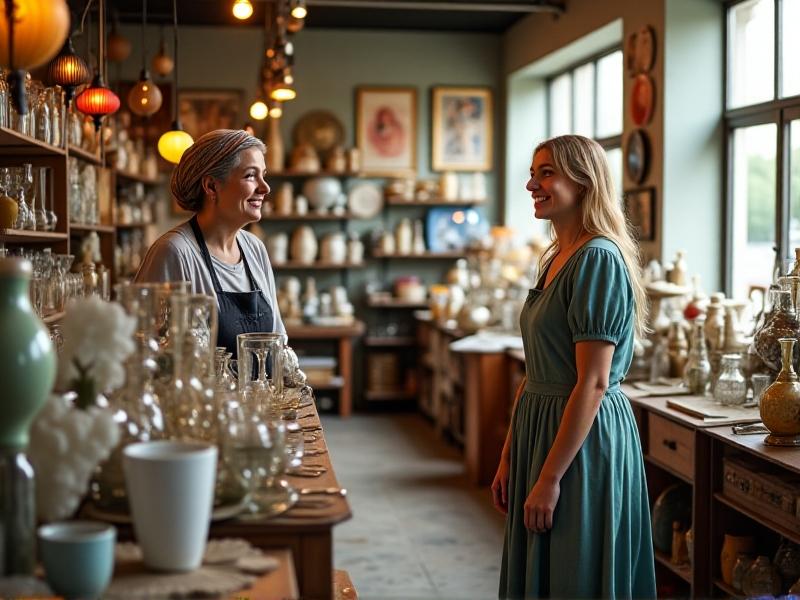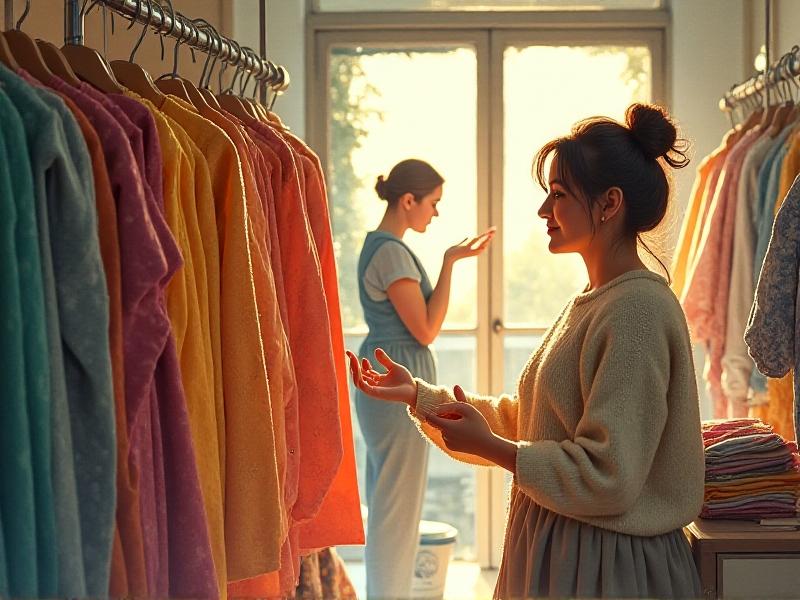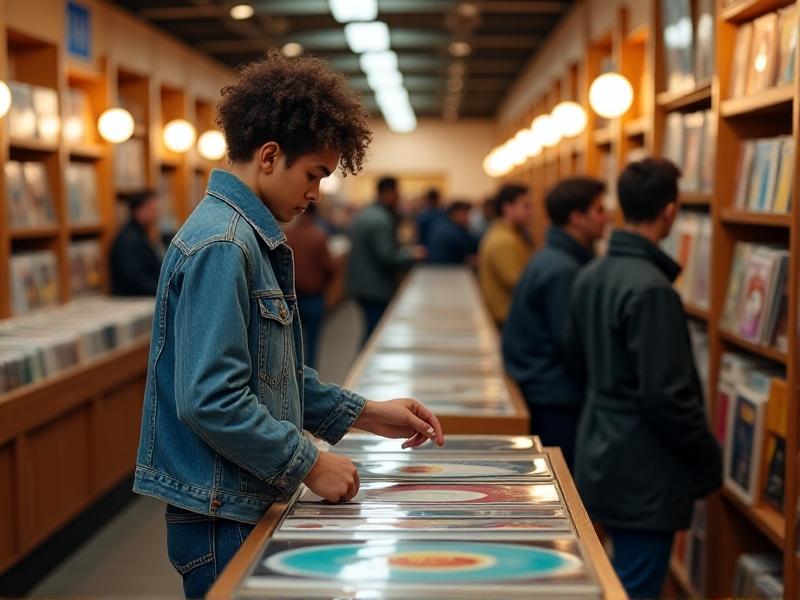Thrift Store Relationships: Building Connections for First Dibs
The Hidden Currency of Thrift Stores: Relationships Over Transactions
Thrift stores are more than just repositories for secondhand goods—they’re living ecosystems where human connections often outweigh the allure of a bargain. While newcomers might focus on hunting for hidden gems, seasoned thrifters know that building relationships with staff and fellow shoppers is the true key to unlocking “first dibs” on coveted items. Store employees, volunteers, and regulars form the backbone of these spaces, and earning their trust can transform your thrifting experience. A smile, a remembered name, or a genuine conversation can lead to whispered tips about incoming stock or items tucked away in the back room. This relational currency turns transactional visits into opportunities for mutual appreciation and shared excitement.

Becoming a Regular: How Consistency Earns You Insider Access
Consistency is the cornerstone of building trust in thrift stores. Showing up frequently—not just during seasonal sales or donation surges—signals that you’re part of the community rather than a casual scavenger. Employees begin to recognize your preferences, whether you’re into mid-century furniture, vinyl records, or vintage denim. Over time, this familiarity can lead to perks like advance notice of estate sale acquisitions or reserved items pulled from the sorting area. One thrift store manager in Portland shared how a loyal customer who donated handmade blankets during holidays became the first to know about rare quilts arriving in stock. It’s a symbiotic relationship: your patronage supports the store’s mission, and their insider knowledge rewards your dedication.

The Art of Conversation: Turning Small Talk into Treasure Troves
Mastering the art of casual dialogue can open doors in unexpected ways. Instead of rushing through aisles, pause to ask employees about their day or compliment the store’s curation. Many thrift workers are passionate about their role in diverting waste and supporting local causes, and showing interest in these stories builds rapport. For example, inquiring about the origin of a unique piece might lead to a tale about a donor’s estate or a tip about similar items arriving next week. In Brooklyn, a shopper bonded with a volunteer over a shared love of 1980s band tees, resulting in a text message when a collection of vintage concert merch hit the floor. These conversations aren’t manipulative tactics—they’re genuine bridges between people who share a love for rediscovery.

Navigating the Unspoken Rules of Thrift Store Etiquette
While building relationships is key, respecting the store’s culture is equally vital. Seasoned thrifters emphasize etiquette like not shadowing employees during restocks or aggressively competing for items. If you’re eyeing the same Pyrex dish as another shopper, a lighthearted joke about collective “treasure fever” can defuse tension. Another unwritten rule? Give back occasionally—donate quality items or volunteer if the store accepts help. A Chicago-based reseller mentions how donating her unsold inventory built goodwill, leading staff to call her when high-end handbags arrived. By balancing enthusiasm with respect, you position yourself as a collaborator rather than a competitor in the thrift ecosystem.

From Casual Shopper to Valued Patron: Stories of Connection and Discovery
Every thrift store relationship has its own origin story. Take Maria, a teacher in Austin who frequented a local shop for classroom supplies. After months of chatting with the manager about her students’ needs, she arrived one day to find a box of free art books set aside for her. Then there’s Jake, a college student who volunteered to fix a store’s wobbly display shelves and later received a free vintage typewriter—a token of gratitude. These narratives highlight how thrift stores thrive on reciprocity. When you invest time and empathy, the payoff isn’t just material; it’s the joy of feeling seen in a space that celebrates serendipity.
The Ripple Effect: How Thrift Relationships Strengthen Communities
Beyond individual gains, these connections foster community resilience. Thrift stores often partner with local shelters, schools, or arts programs, and your engagement amplifies their impact. In Tulsa, a store’s “VIP regulars” group raised funds for a youth job-training initiative, blurring the line between shoppers and stakeholders. Similarly, when a California store’s longtime customers rallied to keep it open during a rent crisis, they preserved a hub for both affordable shopping and social bonding. In a world dominated by impersonal retail, thrift stores remind us that commerce can be rooted in care—and that the best finds are often the friendships forged along the way.







